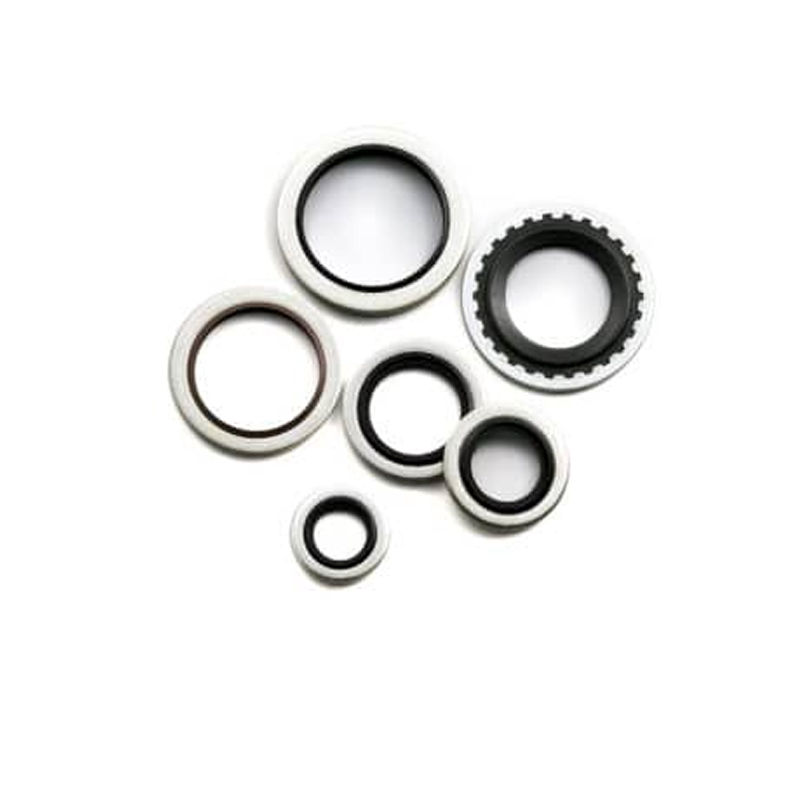Understanding Rear Axle Oil Seal Function and Maintenance for Optimal Performance
Understanding Rear Axle Oil Seals Importance, Types, and Maintenance
The rear axle oil seal is a critical component in vehicles equipped with rear-wheel drive or all-wheel drive systems. This small yet essential part plays a significant role in maintaining the overall integrity of the vehicle's drivetrain by preventing lubricant leaks and keeping contaminants out. Without a properly functioning rear axle oil seal, a vehicle may face serious issues that can lead to costly repairs and diminished performance.
What is a Rear Axle Oil Seal?
The rear axle oil seal is designed to provide a tight seal around the axle shaft where it enters the rear differential or the axle housing. This seal is made from durable materials like rubber or silicone, which are engineered to withstand high temperatures and resist wear over time. The primary function of the oil seal is to hold the gear oil or differential fluid inside the differential or axle assembly while preventing dirt, water, and other contaminants from entering.
Importance of Rear Axle Oil Seals
1. Leak Prevention One of the most critical functions of the rear axle oil seal is to prevent oil leaks. A compromised seal can lead to a loss of differential fluid, which can cause gears to run dry, leading to increased friction and excessive wear.
2. Contamination Protection The seal also protects the inner workings of the axle from dirt and moisture. If contaminants enter the axle, they can cause significant damage to bearings and gears, resulting in costly repairs and decreased performance.
3. Enhanced Vehicle Performance A properly functioning rear axle oil seal ensures that the differential operates efficiently. This efficiency translates to better handling, improved fuel economy, and a smoother driving experience.
Types of Rear Axle Oil Seals
There are several types of rear axle oil seals, varying in design depending on the specific application and the engineering of the vehicle
rear axle oil seal

1. Single Lip Seals These are the most common type of oil seal and feature a single lip that makes contact with the axle shaft. They are effective for standard applications where conditions are not excessively harsh.
2. Double Lip Seals Providing an added layer of protection, double lip seals have two sealing lips. The first lip keeps the lubricant contained, while the second protects against contaminants, making them suitable for more demanding environments.
3. Spring-Aided Seals Some oil seals are equipped with a spring that applies pressure to the lip of the seal, ensuring a better fit and enhanced sealing performance. This type is often used in high-performance applications where the risk of leaks is significantly higher.
Maintenance and Replacement
Regular maintenance can extend the life of rear axle oil seals. Here are some tips
- Inspect Regularly During routine vehicle inspections, check the rear axle seals for signs of wear, cracking, or leakage. Early detection can prevent more significant issues down the line.
- Fluid Levels Keep an eye on the fluid levels in the differential. A drop in fluid can be a telltale sign of a leaking seal that requires immediate attention.
- Professional Servicing If you suspect an issue with your rear axle oil seal, visiting a qualified mechanic for a thorough inspection is essential. They can determine if a replacement is necessary and ensure that new seals are correctly installed.
Conclusion
The rear axle oil seal is a small component, but its role in the functionality and longevity of your vehicle's drivetrain cannot be overlooked. By understanding its importance, recognizing the different types available, and practicing proper maintenance, vehicle owners can ensure optimal performance and avoid costly repairs. Regular inspections and timely replacements are key to keeping the rear axle seal—and your vehicle—running smoothly. Whether you are an avid car enthusiast or simply someone who relies on their vehicle for daily commuting, being aware of the condition of your rear axle oil seal is vital for ongoing vehicle health.
-
Simplifying Oil Changes: A Comprehensive Guide to Oil Drain Plugs and Their Variants
News Aug.04,2025
-
Mastering Oil Drain Maintenance: Solutions for Stripped, Worn, and Upgraded Oil Plugs
News Aug.04,2025
-
Fixing Oil Pan Plug Issues: Leaks, Stripped Nuts, and the Right Replacement Solutions
News Aug.04,2025
-
Everything You Need to Know About Oil Drain Plugs: Sizes, Fixes, and Upgrades
News Aug.04,2025
-
Choosing the Right Oil Drain Plug: A Guide to Sizes, Materials, and Drain Innovations
News Aug.04,2025
-
A Complete Guide to Automotive Drain Plugs: Types, Problems, and Innovative Solutions
News Aug.04,2025
-
The Ultimate Guide to Car Repair Kits: Tools and Essentials Every Driver Should Own
News Aug.01,2025
Products categories















